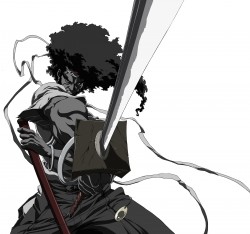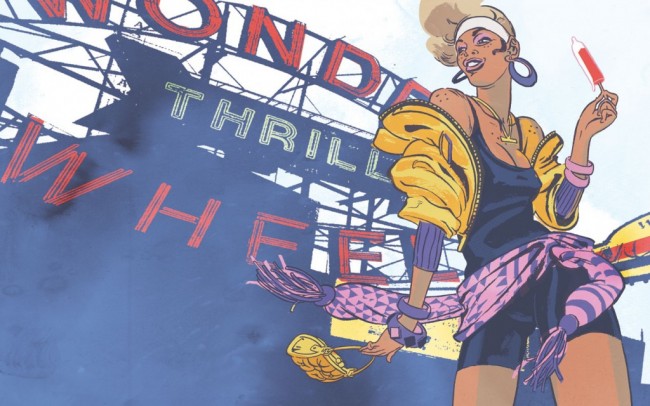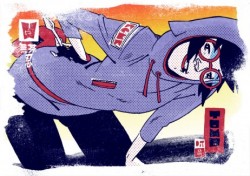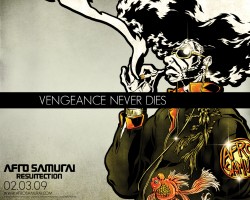
Black Future Month ’10: Paris/Tokyo
February 6th, 2010 Posted by david brothers
The easiest thing to point to when someone says “What’s cultural appropriation?” (in the unlikely event that somebody actually wants to know the answer to that question) is the theft of rock and roll. ego trip’s Big Book of Racism!
It isn’t a focused movement, exactly. There are no malicious men sitting around a table, plotting on how they can steal bachata and make it there own. It tends to be a byproduct of what happens when racism and institutional racism work hand in hand. Taking rock and roll for an (extremely simplified) example– white America in the mid-1900s had no interest in letting black America onto their jukeboxes and into their clubs. However, white musicians performing what was often the exact same music was met with, if not acceptance, something more positive than racially-motivated revulsion. Over time, rock and roll became a “white” genre, something associated with your average run of the mill white people rather than blacks.
Blackface is another example of cultural appropriation, though much more actively racist and malicious. White actors portrayed black characters for the entertainment and edification of a white audience, donning burnt cork and shoe polish and emulating (or just making up) the ways that black people acted.
A more recent example of cultural appropriation are the dozens of kung fu movies starring white guys. Once Hong Kong action cinema proved to be popular in the ’70s, one way of making it even more popular for American audiences was to toss a white guy into the main role. A good example of this is Danny Rand, from Marvel’s Iron Fist. Danny is a rich white guy who ended up in a thinly obfuscated Shangri-La and ended up becoming its greatest warrior, even triumphing over the natives of the city.
In the fall of ’08, I took a work trip to Tokyo, Japan. I didn’t get as much time to dig in and explore as I wanted, but I did end up spending a lot of time in Shibuya and Harajuku. I saw a lot of people dressed like I dressed, or like people dressed back home. I spent some time in a streetwear shop where the two clerks didn’t know much English beyond “Biggie” and “Nas,” but they knew rap lyrics and fashion.
Read the rest of this entry �



